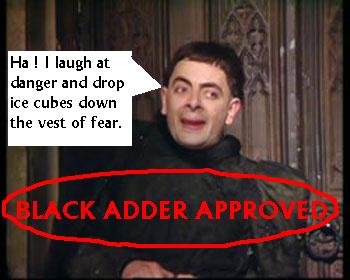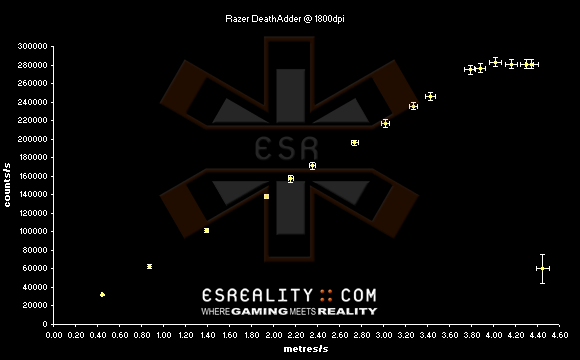Razer unveiled the DeathAdder earlier last year to much excitement to gaming enthusiasts. The ergonomic design was a marked departure from the very small, narrow mice they had been making recently. While the curve of the body gives it a very "Microsoft" look, similar to the popular Intellimouse Explorer 3.0, the DeathAdder still screams Razer design from every angle.
The DeathAdder is aimed at low sensitivity gamers, that is gamers who prefer to sweep the mouse a long way for any kind of movement. To accomplish this Razer are using a new, third generation, infra-red, optical sensor that they claim "eliminates skipping and negative acceleration". I'm very glad to see that Razer do understand the real problems that a gaming mouse can have. But the question is: have Razer got it right with the DeathAdder? We answer that question in this comprehensive mouse review.
- Razer DeathAdder Official Page
- Razer DeathAdder Gallery
- Digg this article!
- Previous MouseScore 2007 Roundup
Update: There have been two problems reported by ESR readers with some Razer DeathAdder mice. Firstly some DeathAdders continue to track even when lifted off the mousepad by a large distance (over 10mm). Secondly there is a small amount of positive mouse acceleration created by the mouse drivers. We are looking into both of these problems to find out why, and how to solve them.
Update 2: Most problems have been fixed with the latest firmware. For full details please view this thread:
http://www.esreality.com/?a=post&id=1334185
Edited by Nicky at 15:56 CDT, 12 March 2008 - 828084 Hits



